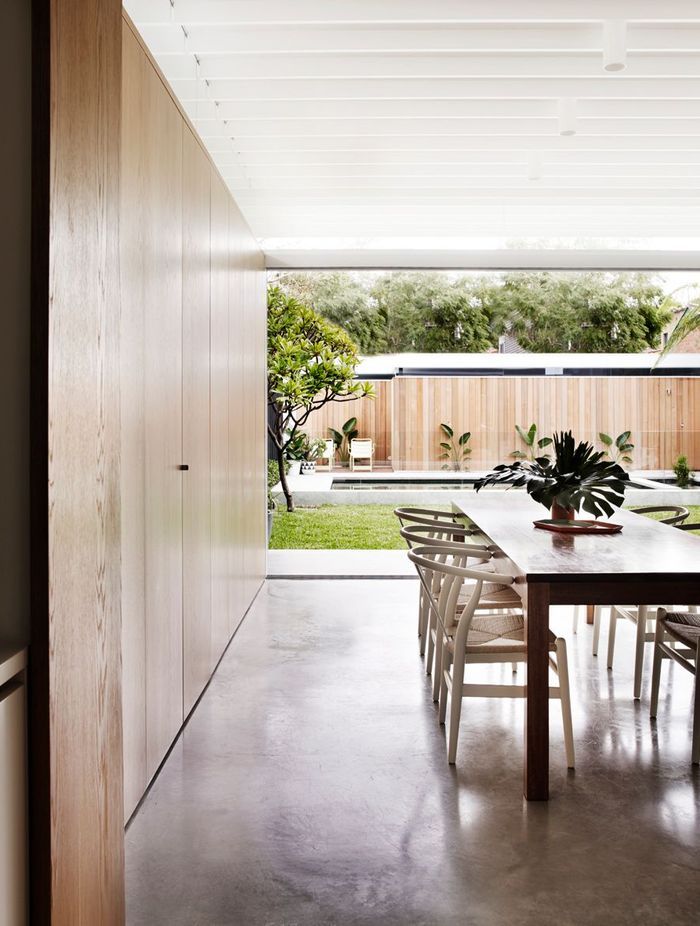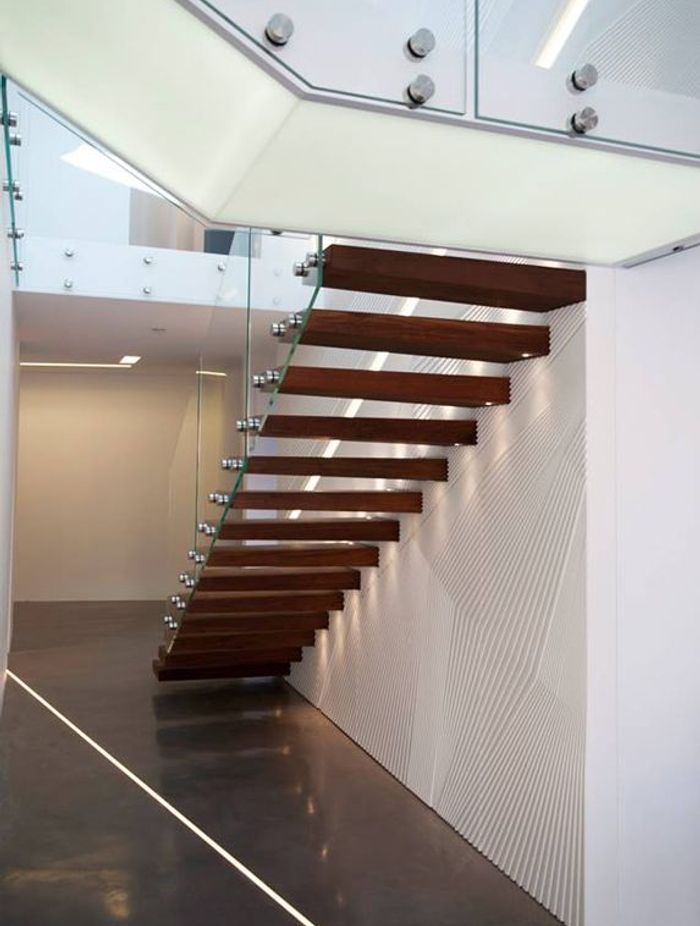Harnessing the power of hydronic underfloor heating
Written by
03 December 2023
•
4 min read

As concerns about energy consumption and environmental impact intensify globally, the spotlight on sustainable heating solutions becomes more apparent. With the built environment contributing 42 per cent of annual global CO2 emissions, it is essential for architects and specifiers to take advantage of all available energy-saving opportunities when designing and constructing buildings.
Traditional heating methods, such as forced air and radiators, have long been the stalwarts of home climate control despite inherent inefficiencies. Forced-air systems often result in uneven heating distribution, while radiators can be clunky and challenging to integrate seamlessly. As sustainable living is on the rise, the drawbacks of these conventional systems become increasingly apparent.
How does hydronic floor heating work?
In a hydronic heating system, warm water circulates through pipes beneath the floor, ensuring even heat distribution and providing a consistent and comfortable thermal environment.
“Hydronic underfloor heating represents a paradigm shift in heating technology and is gaining in popularity in residential and commercial spaces,” says Sandra Skelly, General Manager of Comfort Heat Australia.
Water in a hydronic heating system can be heated by various energy sources, such as gas, solar evacuated tubes, heat pumps or wood stoves. Importantly, a hydronic system allows the replacement of the heating system if needed, which makes it more environmentally friendly and ideal for off-grid heating solutions.

23 years of experience in underfloor heating systems
The installation involves a meticulous arrangement of components, and unlike traditional systems that rely on convection currents, hydronic underfloor heating operates at lower temperatures, minimising heat loss.
Whether for large commercial projects or small bathroom renovations, Comfort Heat Australia stocks the full range of hydronic and electric underfloor heating products to suit all heating needs and floor coverings. With experience in underfloor heating systems for over 23 years, Comfort Heat supplies DIY installation kits Australia-wide and has its own installation team for projects in the greater Sydney area.
Read this quick guide to installing underfloor heating systems


Advantages of hydronic underfloor heating
The advantages of underfloor heating are widely acknowledged. By operating at lower temperatures, these systems mitigate heat loss and enhance overall efficiency.
Zoning capabilities enable personalised heating control, directing warmth precisely where needed, and customised zoning directly translates into energy savings, reducing financial burdens for homeowners and businesses alike.
Hydronic underfloor heating is a particularly cost-effective and efficient form of in-home heating. If floor heating is installed in a slab, then the slab itself can be used as a thermal store. If the floor heating is powered by green energy, such as solar, then the electricity generated can be converted to heat with an electric-heated water source, such as an electric boiler or electric heat pump, for later use when no solar energy is available.
The environmental impact of heating systems is a critical consideration in the contemporary discourse on sustainable living. Underfloor heating emerges as a conscientious choice, substantially reducing greenhouse gas emissions when compared to traditional methods.
Living off the grid
Heating and cooling can account for 20 per cent to 50 per cent of energy use in Australian homes, depending on the climate zone. With rising gas and electricity prices and concerns for the environment, there is an increasing number of homeowners who are considering or choosing to live off the grid. Off-grid houses eliminate reliance on traditional utility services, such as gas and electricity, instead using renewable energy sources, such as sun and water, to heat and cool the home.
For an off-grid house, the water can be heated in a number of ways using renewable energy sources, including:
• Slow-combustion wood fire stove or heater (wetback)
• Solar panels or evacuated tubes (typically installed on
the roof)
• Geothermal pumps (utilising heat from the ground or bodies of water)
• Air-sourced heat pumps (extracting heat from the air).
Hydronic heating promotes a more sustainable future
The role of hydronic underfloor heating transcends its immediate function, extending into the forefront of sustainable living.
“It is not only a technical innovation but also a pivotal player in the realm of energy efficiency and a testament to our capacity to harmonise comfort, efficiency and environmental stewardship in the pursuit of a greener and more sustainable future,” says Skelly.
More from Comfort Heat Australia on ArchiPro.